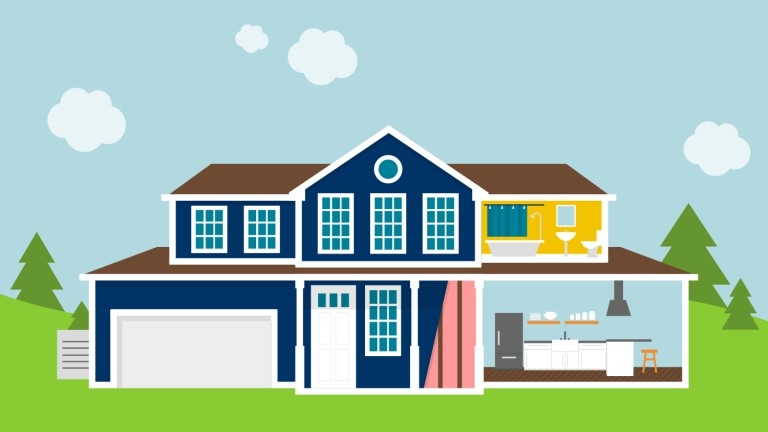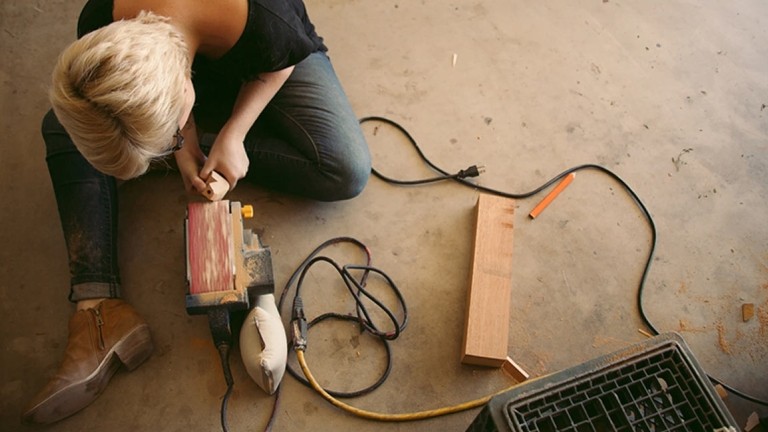Home equity 101: Learn the basics
The equity you have in your home can serve as a valuable financial tool for advancing your life goals and funding major milestones — but only if you use it purposefully.
Your home is one of the biggest investments you’ll ever make, so it’s important to consider carefully not only what to do with your equity but also how to access it.
There are two main options for cashing out your home equity: a home equity loan or a home equity line of credit (HELOC). The best choice for you will depend on how you plan on using it. Before you get started, here’s what you need to know about spending your home equity wisely.
What is home equity?
Your home equity is the difference between your home’s current market value and how much you owe on it.
In other words, if you’ve paid down your mortgage to the point where your home’s value exceeds your outstanding loan balance, you’ve got equity to spend. You can typically borrow up to 90% of your property's appraised value.
How does a home equity loan work?
A home equity loan functions much like any other type of loan: Depending on how much equity you have, your credit score and other factors, you’ll borrow a one-time amount of up to $250,000. Your interest rate is fixed, and your monthly payments remain consistent throughout the lifetime of the loan.
Home equity loans typically carry lower interest rates than other types of financing. That makes them an excellent choice for consolidating your high-interest debts, paying for college or making a major home improvement.
One advantage of a home equity loan is that you can potentially refinance down the road at a lower interest rate, reducing your monthly payment. However, it’s important to be aware that if the market value of your home declines, you could end up owing more than your home is worth.
How does a home equity line of credit (HELOC) work?
A HELOC is a revolving line of credit that works more like a credit card than a traditional loan. It allows you to make withdrawals as needed until you reach your maximum credit limit.
The first number of years of the plan are considered the “draw period.” During this time, you can advance funds on your HELOC, pay all or part of the balance and borrow again. Your minimum monthly payments will remain interest-only during the draw period unless you choose to pay down the balance.
Once the draw period ends, you’ll enter the repayment period. You’ll no longer be able to withdraw funds, and your monthly payments will be calculated to pay off the principal, plus interest, within a preselected number of years.
With a HELOC, your interest rate varies with the prime rate, which is the interest rate most banks use for consumer loans. It’s basically the best possible interest rate you can receive. Only borrowers with the very best credit score qualify for the prime rate.
That means your monthly payment can change throughout the draw period.
The advantage of a HELOC is that you can borrow only what you need when you need it. This makes it a handy option for ongoing expenses like a long-term home remodel, paying for a wedding or taking on a passion project like restoring a classic car.
What’s the benefit of using my home equity instead of a traditional loan?
- Home equity loans typically carry lower interest rates than other types of financing.
- You can potentially refinance down the road at a lower interest rate, reducing your monthly payment.
- When you use a HELOC, you pay interest only on the money you use, not your credit limit.
How can our team help?
Considering a HELOC or home equity loan? Our team can help you understand your options and determine the right loan for your situation. Contact our team to learn more about our home equity options today.


